A Level Computer Science: Monitoring and Control Systems
Do you want to save hours of lesson preparation time? Get your evenings and weekends back and focus your time where it's needed! Be fully prepared with presentations, notes, activities, and more.
All Computer Science topics are covered, and each module comes complete with:
Classroom Presentations
Revision Notes
Activities & Quizzes
Mind Maps, Flashcards & Glossaries
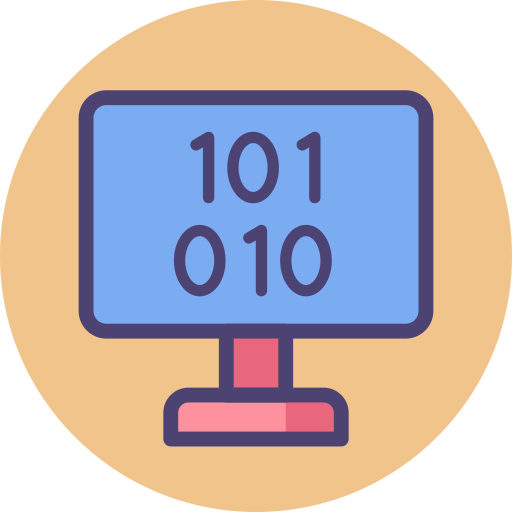




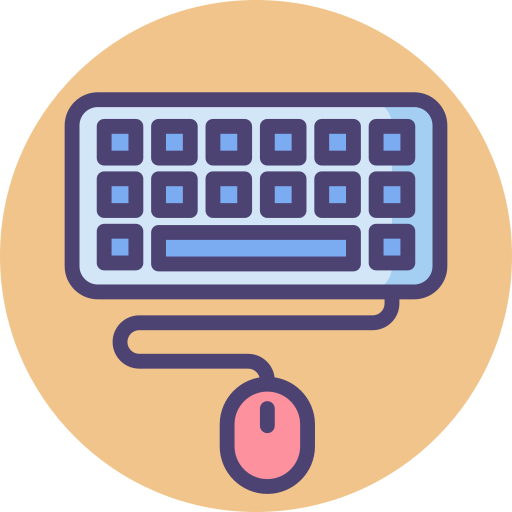


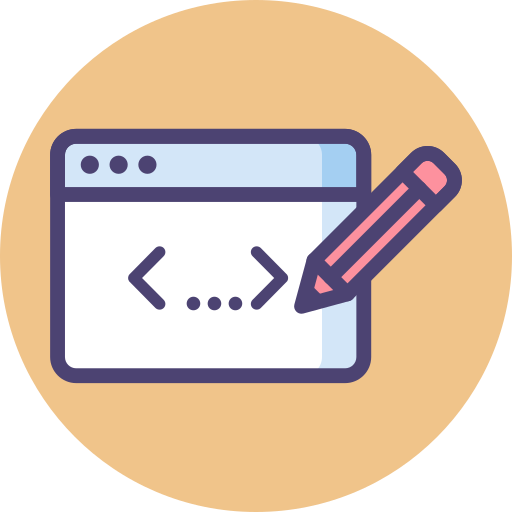






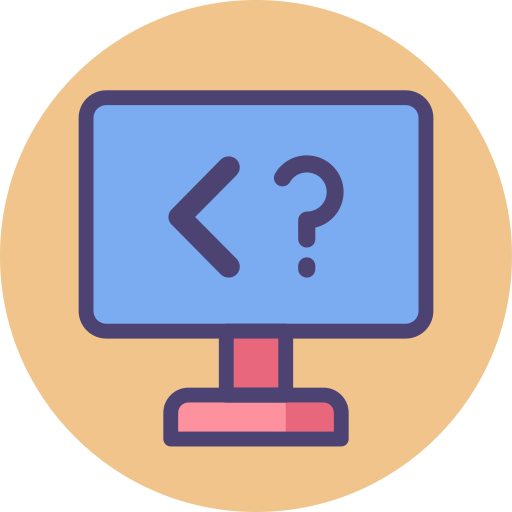
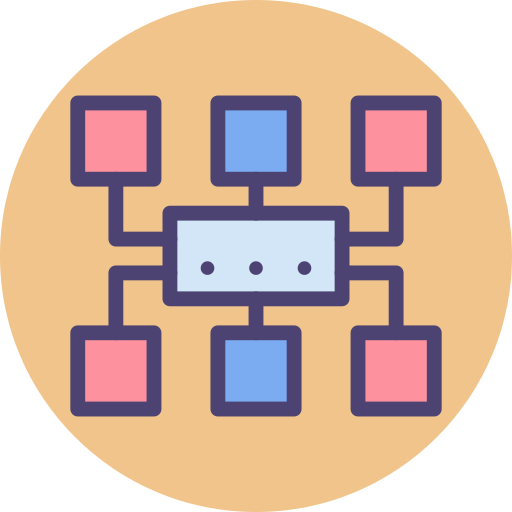
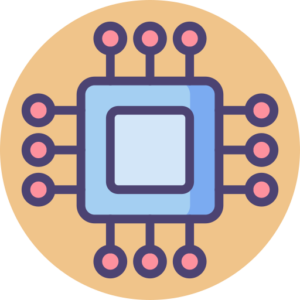
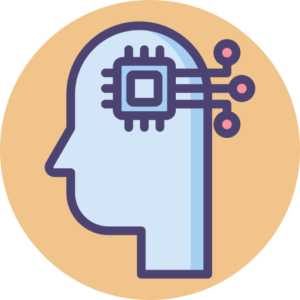
Frequently Asked Questions
What is a sensor in a monitoring and control system?
A sensor in a monitoring and control system is a device that measures a specific physical quantity such as temperature, pressure, light intensity, or gas volume. It converts this measurement into a signal which can be interpreted by a computer.
What is the role of an actuator in these systems?
An actuator is a component of a monitoring and control system that carries out the action decided upon by the computer. For example, if a temperature sensor indicates that the room is too cold and the computer decides to increase the temperature, an actuator would be the device that physically turns on the heating system.
What does "programming in real-time" mean?
Programming in real-time refers to systems where program execution is expected to respond swiftly to sensor inputs. In such systems, the delay between an input event and the system's response to that event is so small that it seems the system is reacting instantaneously.
What are control algorithms and why are they important?
Control algorithms are sets of instructions that guide the decision-making process in a monitoring and control system. They use the data provided by sensors to decide what actions, if any, should be taken. These algorithms are critical because they allow the system to autonomously manage and control its environment based on predefined parameters.
What are some practical applications of monitoring and control systems?
Monitoring and control systems have a wide range of applications. They're used in home automation for things like lighting and heating control, in industrial settings for managing processes, in traffic light systems to control the flow of traffic, and in environmental monitoring systems to track changes in climate or pollution levels, among others.
